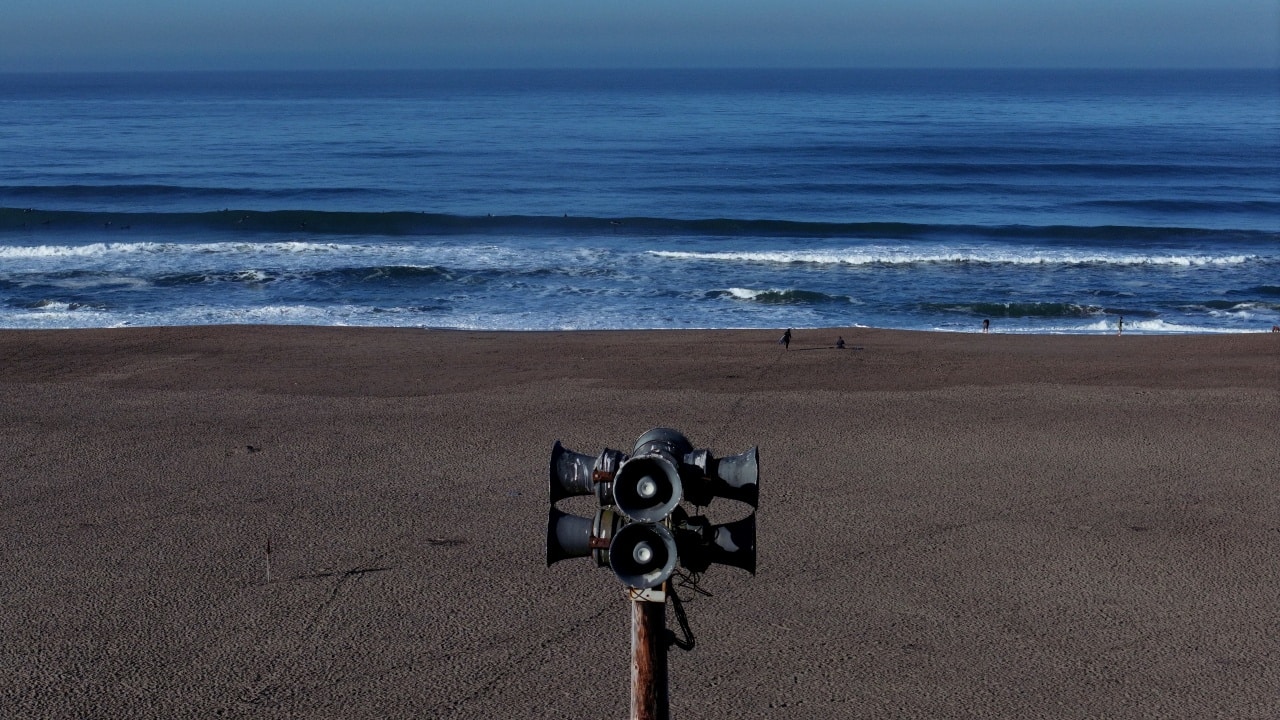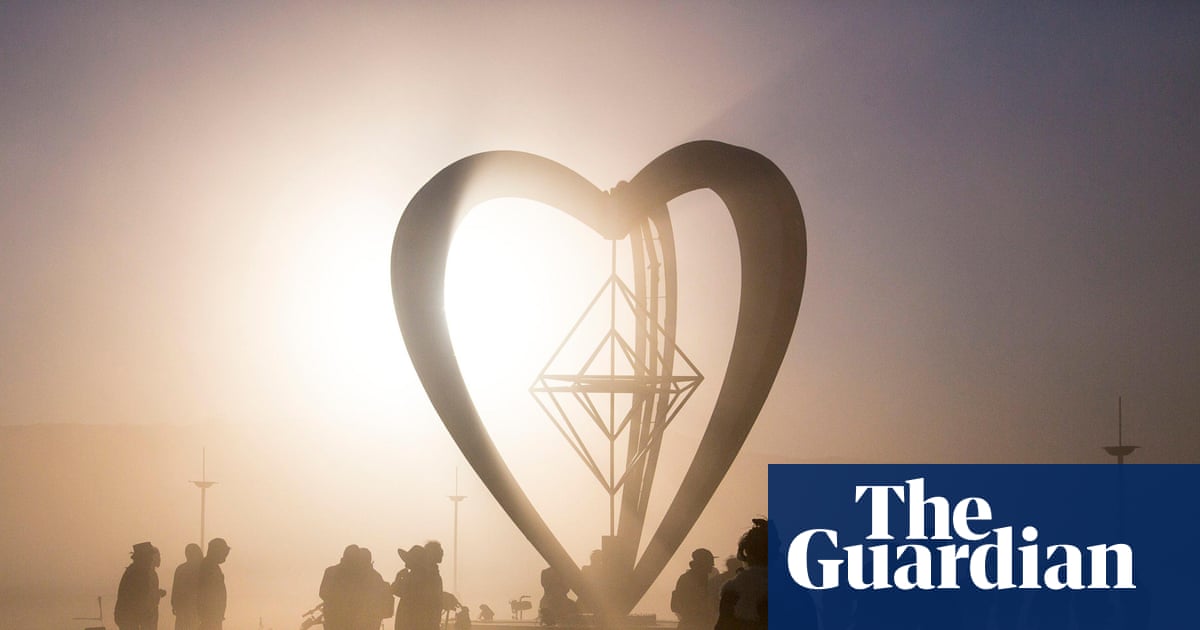The Threat of a 1,000-foot Mega-Tsunami: The Cascadia Subduction Zone and Its Impact on the U.S.

The Cascadia Subduction Zone, which stretches off the coast of the Pacific Northwest, poses a significant threat to parts of the United States, with experts warning that a major earthquake could trigger a devastating 1,000-foot mega-tsunami. This alarming scenario has raised concerns among scientists, emergency management officials, and residents in the region, as they prepare for what could be one of the most catastrophic natural disasters in modern history.
The Cascadia Subduction Zone, approximately 700 miles long and located near the border of Northern California and British Columbia, is an area where the Juan de Fuca Plate is slowly being pushed beneath the North American Plate. Historical data indicates that this fault line has produced massive earthquakes approximately every 300 to 500 years, with the last major event occurring in 1700. Geologists believe that another significant quake is overdue, with the potential to unleash tremendous seismic energy and generate a tsunami with waves reaching heights of up to 1,000 feet.
In the aftermath of such an earthquake, the implications for coastal cities such as Seattle, Portland, and San Francisco could be dire. Experts estimate that the enormous force of the quake, combined with the resulting tsunami, could obliterate entire communities and lead to catastrophic loss of life. Emergency preparedness officials are urging residents to understand the risks associated with living in this seismically active region and to have comprehensive emergency plans in place.
Further complicating matters, the Pacific Northwest's geography and population density could exacerbate the tsunami's impact. Many cities and towns along the coast are situated mere feet above sea level, leaving them particularly vulnerable to flooding and destruction. The Federal Emergency Management Agency (FEMA) has emphasized the importance of timely evacuations, solid infrastructure, and public awareness campaigns to reduce the potential for loss of life in the event of a mega-tsunami.
In light of these warnings, communities in the affected areas are encouraged to participate in tsunami drills and familiarize themselves with evacuation routes. The development of early warning systems and public education initiatives is essential to ensure that residents are prepared to respond promptly should an earthquake occur. Scientists and researchers continue to monitor seismic activity in the region closely, hoping to develop more effective predictive models that could provide advanced warning of an impending earthquake.
In conclusion, the threat of a massive mega-tsunami resulting from a Cascadia earthquake remains a critical concern for the Pacific Northwest. As the region braces for potential seismic activity, it is crucial for both residents and local governments to prioritize preparedness and resilience against this formidable natural disaster.



























